I started my journalism career in women’s magazines, where The Makeover was a staple.
I’m sure you know the format: a reader is transformed with the help of the fashion team, a hairdresser, a make-up artist and sometimes a life coach.
It was always important that in the ‘before’ picture, the person looked as dowdy and miserable as possible.
And the ‘after’ image would be carefully retouched – although, to be fair, that’s true of all images you see in magazines, from a perfect living room to a cute cat. (Much the same as we all now automatically click the magic wand for Instagram images.)
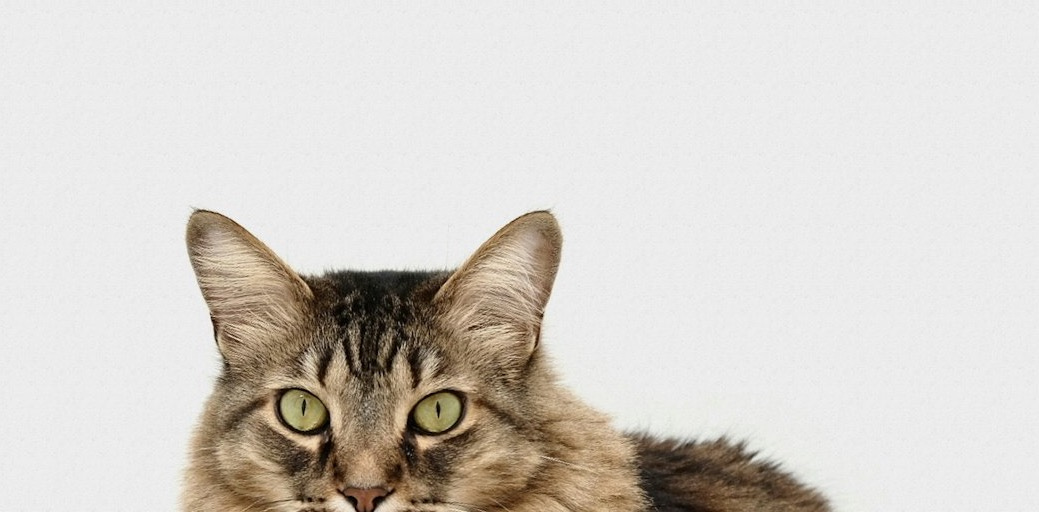
I’ve just been listening to the podcast How To Write A Book, from three absolute legends, Sara Collins, Sharmaine Lovegrove and Nelle Andrew, with insights from executive producer
, and they were talking about genre.I write books that slot into the women’s fiction/bookclub fiction genre and I realised there’s often a ‘makeover’ in those books.
Henrietta, the heroine of my first book Tell Me How This Ends ends up with a very different outlook on life. Although I do love how she resolutely refuses to change her questionable fashion sense.
In fiction, this is more often called your character’s arc – how they develop and change over the course of the story.
And I guess there’s something of that in our love of The Makeover – whether it’s seeing a downhearted divorcee getting a whole new wardrobe or a watching a hard-up family getting a living room upgrade on a TV show.
Back in the 90s, when I worked at IPC Magazines (which published everything from Marie Claire to NME) the Men In Suits toyed with the idea of launching an entire magazine devoted to Makeovers.
It never went into production – maybe it would have been to expensive, or maybe they didn’t think the idea had legs. If so, they missed a trick.
Hello, Queer Eye For The Straight Guy which came along a few years later and became a MASSIVE international brand… But maybe we needed the personalities and the TV format to have us all rooting for Bob from Baltimore or Nick from Nebraska.
Anyway, having worked in interiors magazines for many years (on the staff of Livingetc, then freelancing for a lot of titles), I’ve done a few minor Makeovers myself. Here are two kitchen before and afters.
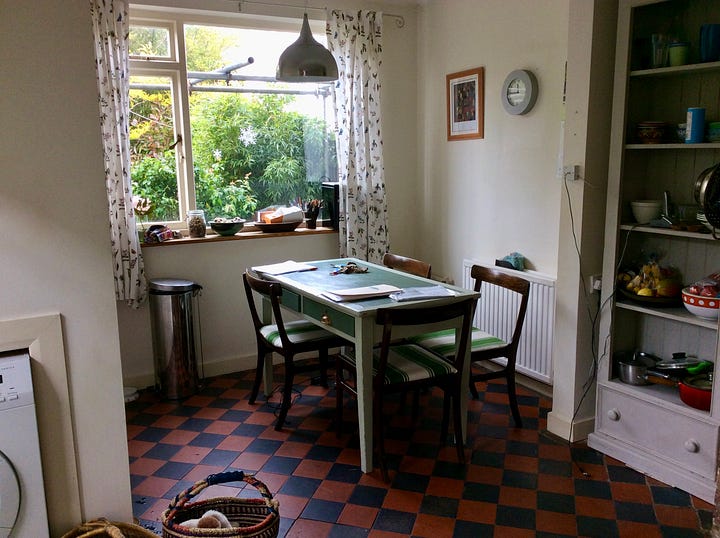
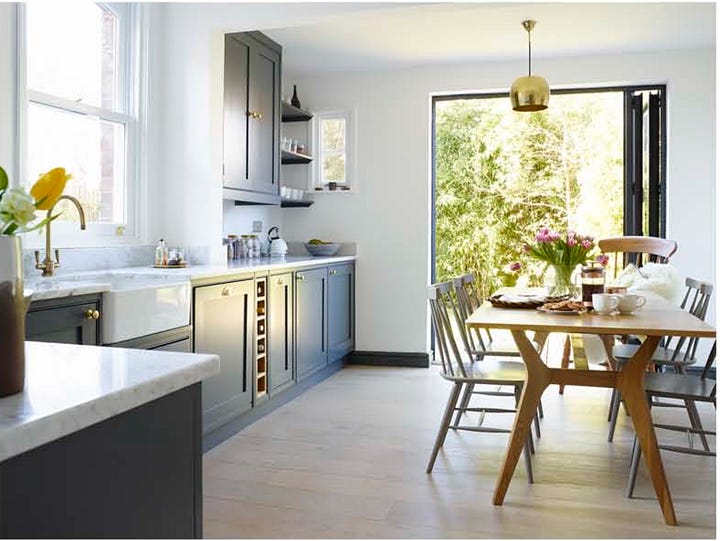
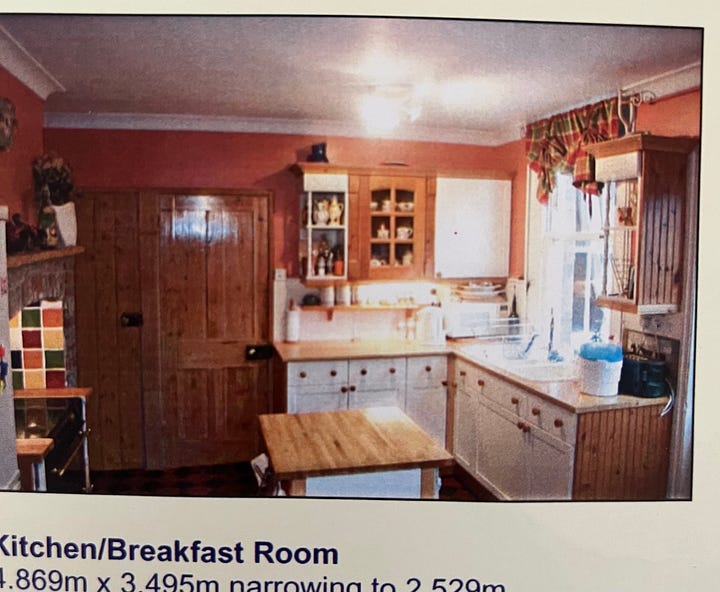
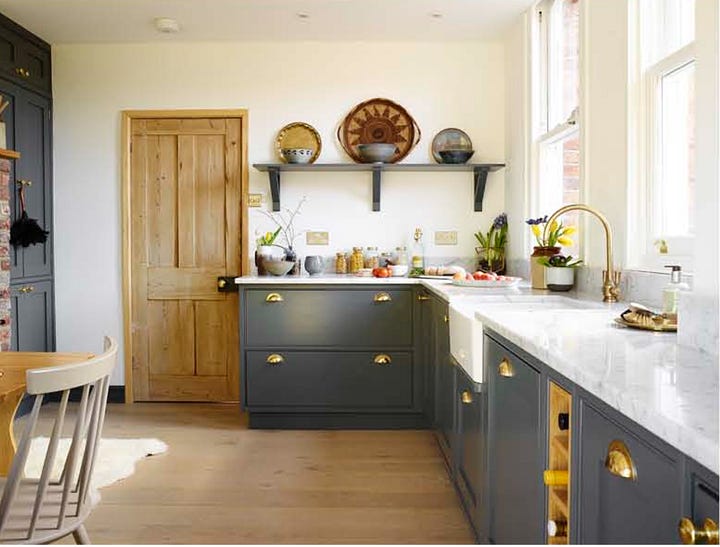

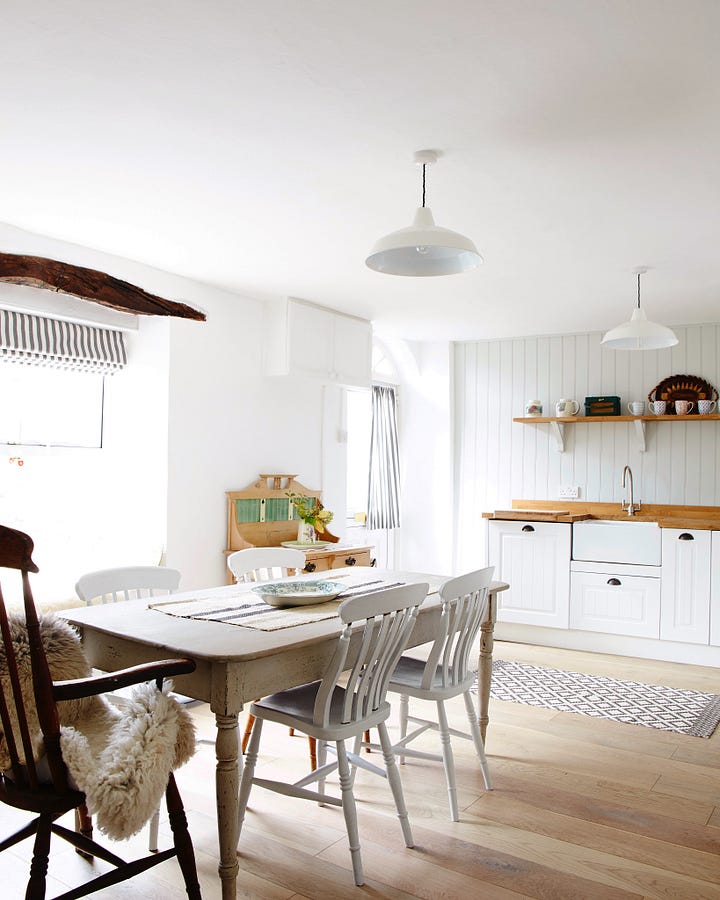
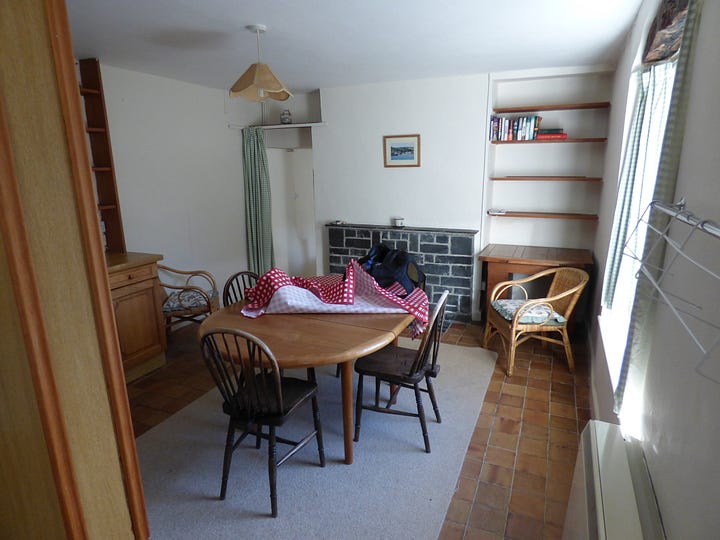
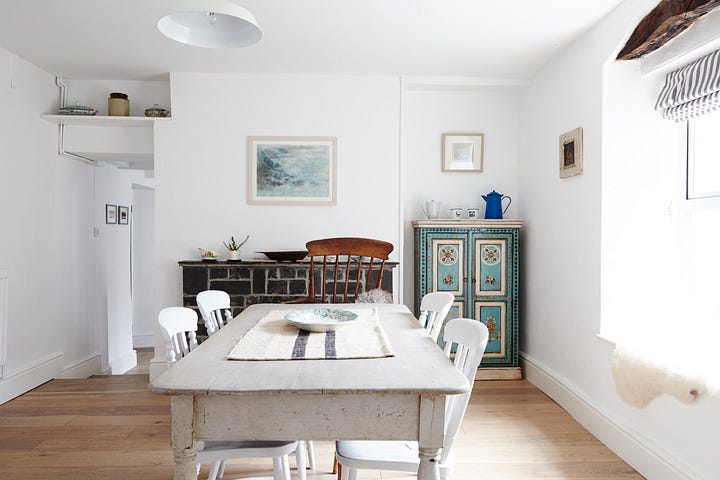
We’ve been in our current home for almost two years and have done some tweaks. When we moved in, every single room was painted beige, with the odd dash of grey. Inoffensive, but to make this terraced house feel more like our home, I began to yearn for colour.
Here’s the kitchen, before and after.
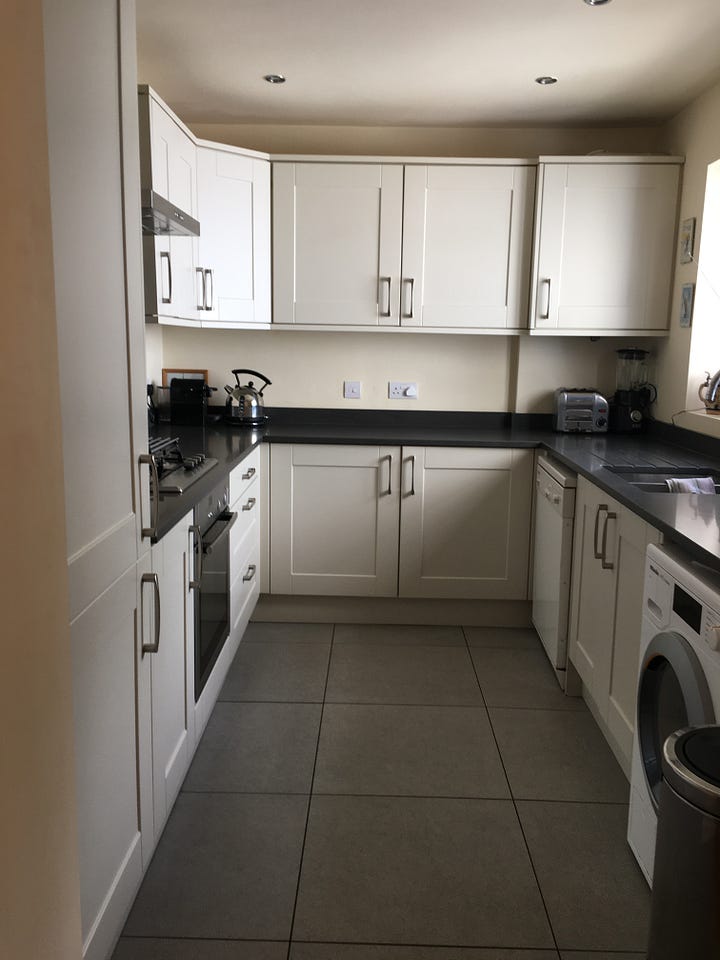
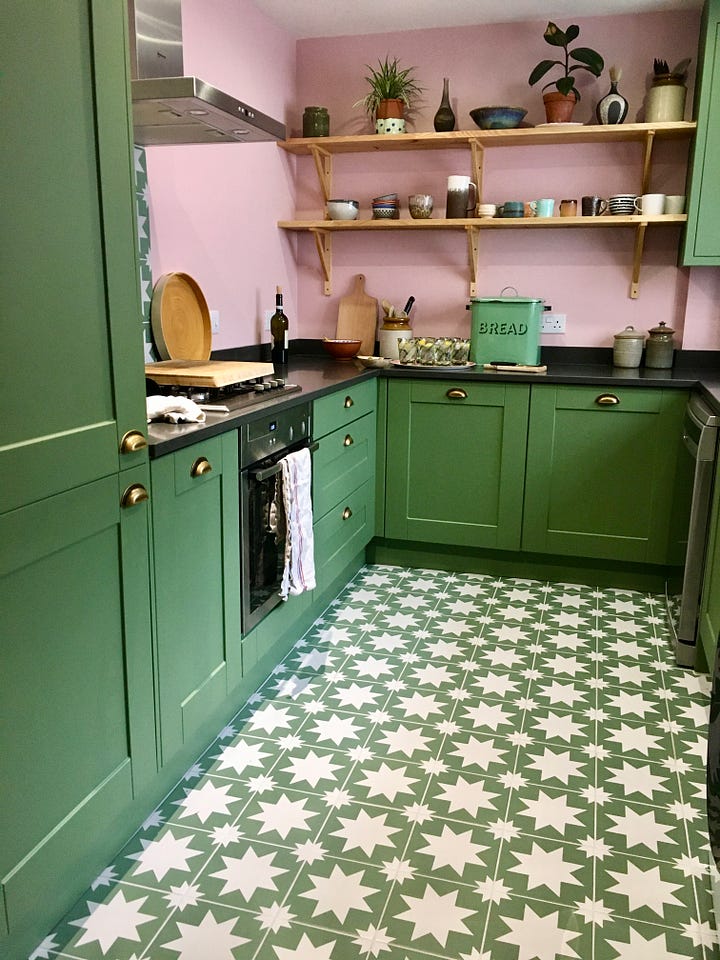
My workroom is next up. My new writing group has the (dis)pleasure of seeing it each week and must be wondering, ‘What sort of hovel does this woman live in?’
But I have a plan – this nice rug that I’ve bought from La Redoute – and the walls and floorboards will be white. Simple and inexpensive.
But the room that stumps me is the bathroom. I’ve written about bathroom styles for magazines. And in my book, Victorian Modern, I researched the fascinating history of bathing (or lack thereof) in Victorian Britain.
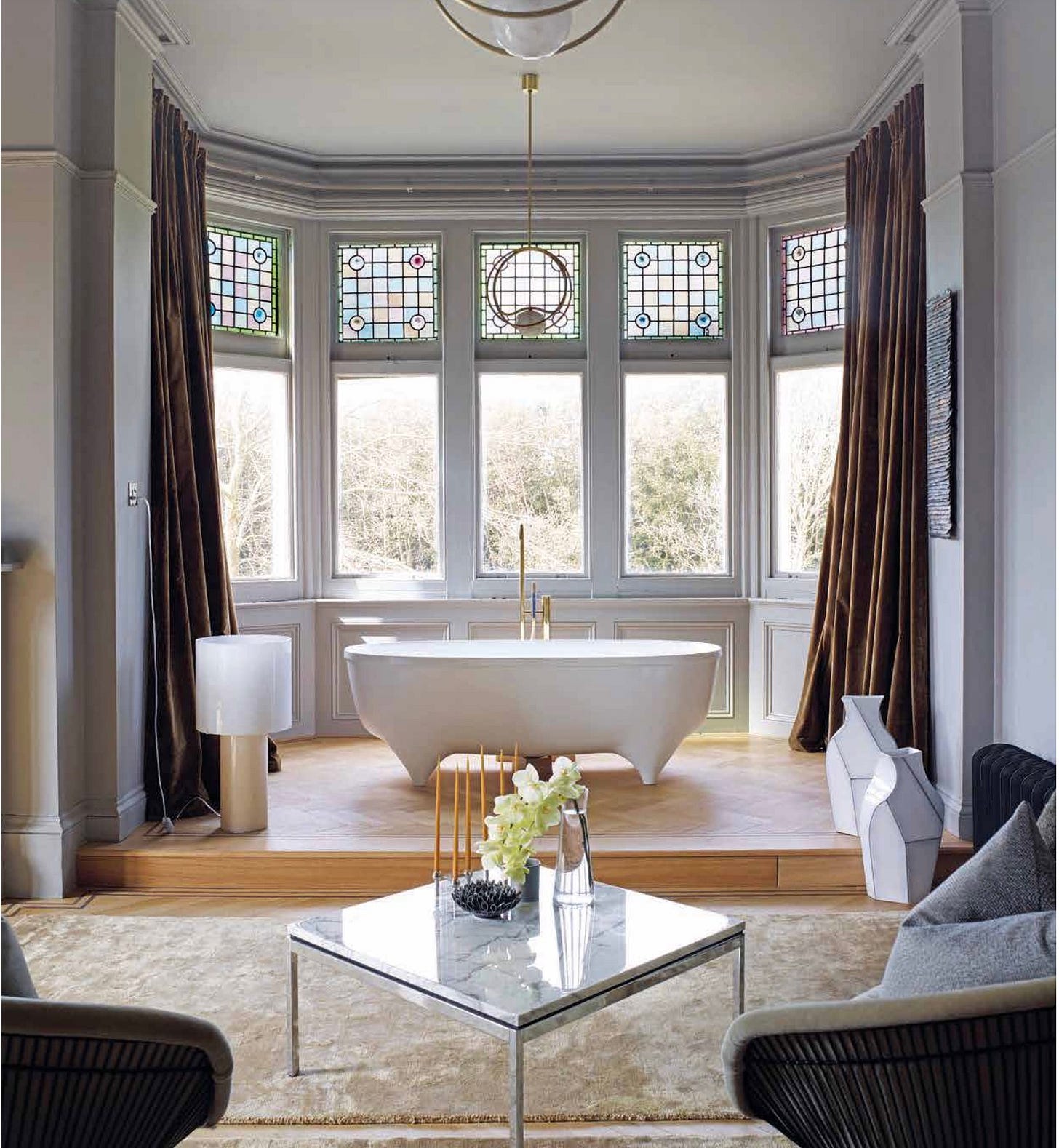
While my bathroom will never be like Scarlett’s, it works just fine. When I lie in the bath, there’s a nice view of the sky through a skylight. There’s a big mirror and I’ve tried to add bits of pattern and greenery. But I would like it to be less, well, grey and beige.
I toyed with the idea of stencils, but because the tiles aren’t square I wonder if a pattern might look gappy. I don’t really want to retile because of the upheaval and cost. What colour to paint the walls? What to do with the tiles (which I think is actually that big fake tile surface you lay in one go). Anyone have any brilliant ideas?
Looking at this picture, I’m wondering if the rug needs to be more colourful. Weirdly, taking a photo helps you see things more clearly. What do you think? Please let me know your brainwaves or opinions.




I reckon an amazing colourful wallpaper! Or... Change the rug, bath mat and paint the walls, all with colours inspired from the lovely artwork! 😁